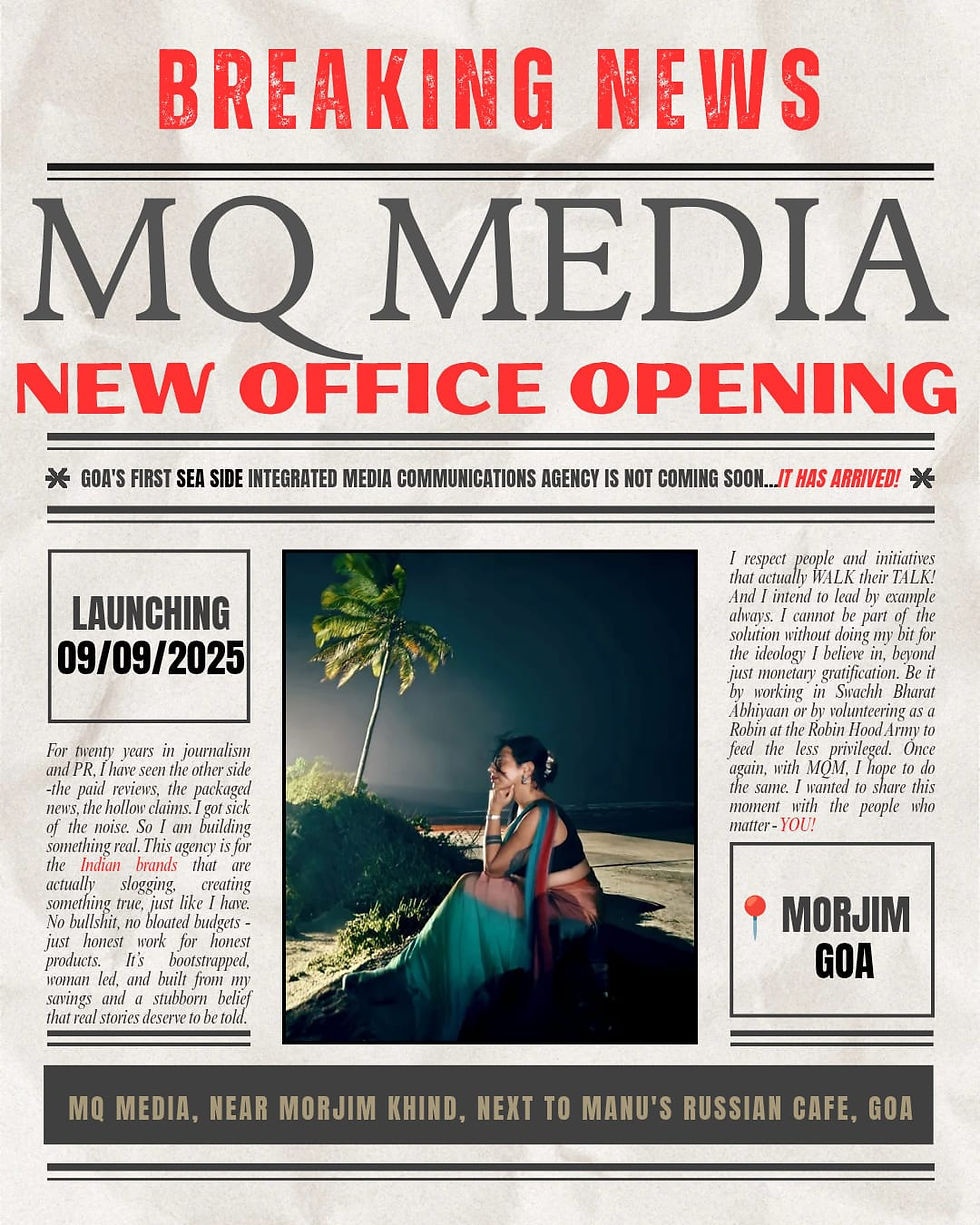Women’s Safety in Hyderabad Metro: Insights from EThames Business School White Paper
- Team Stay Featured

- Sep 16
- 3 min read
Hyderabad Metro, a lifeline for millions, is more than just a transit system—it’s a mirror reflecting the city’s pace, inclusivity, and urban culture. Yet, for women commuters, safety remains a nuanced challenge. EThames Business School, Telangana’s fastest-growing B-School, renowned for its employability-focused, industry-integrated curriculum under the leadership of EY veteran Kali Prasad Gadiraju, has released a white paper titled “Women’s Safety in Hyderabad Metro Transit” that dives deep into this issue.
The research, authored by students Amena Begum, Khatija Tul Kubra, Taruni Reddy Gaddamedi, and Sukhjoth Singh Chawala with guidance from Dr. Sahera Fatima, draws on 410 survey responses, commuter interviews, and insights from Hyderabad Metro Rail Ltd. and the Telangana Police Women Safety Wing.

The findings are striking: women feel relatively safe during the day, but perceptions of safety drop sharply at night. While 11% of respondents reported harassment, most cases go unreported due to fear or unclear protocols. Awareness of safety tools remains low: less than half knew about the T-SAFE app/helplines, and only 12% had ever used them. Commuters acknowledged women-only coaches and CCTV systems, but cited poor monitoring, dim lighting, and limited staffing as persistent concerns.
Benchmarking Hyderabad against India’s 15 operational metros and 247+ metros worldwide, the study found that while infrastructure is largely on par with global standards, enforcement, awareness, and technology adoption lag behind. Globally, the most effective metro systems combine hard measures—CCTV, fines, women-only coaches, security staff—with soft measures—awareness campaigns, anonymous reporting, gender audits, and bystander training.
The report recommends adopting best practices from metros worldwide: women-only coaches as in Tokyo, Dubai, Delhi, and Seoul; emergency help points and panic buttons like Mexico City and London; anonymous reporting apps used in London, Toronto, and Seoul; large-scale anti-harassment campaigns in Tokyo, Singapore, and London; and community partnerships modeled after New York’s Safe City initiative and Delhi’s She Teams.
The research also highlights the link between safety and empowerment. Cities like Delhi (women-only coaches), Kochi (inclusive hiring of women/transgender staff), and Tokyo/London/Seoul (high female ridership due to trust in safety) demonstrate that safer metros boost women’s participation in public life, urban mobility, and workforce engagement. Hyderabad, the study notes, is aligned with many global best practices but must strengthen enforcement, awareness, and technology adoption to become a role-model metro.
Recommendations for Hyderabad Metro include:
Infrastructure upgrades – better lighting, CCTV at street level, panic buttons, anonymous reporting systems.
Staff reforms – increased women personnel, gender-sensitivity training, and clear safety protocols.
Community engagement – safety audits, NGO partnerships, and awareness campaigns.
Commenting on the study, Mr. NVS Reddy, MD, Hyderabad Metro Rail Ltd., said:"The study cogently brings out several issues. Its recommendations will help us make Hyderabad Metro even safer for women commuters."
Shikha Goel, IPS, DG, Women Safety Wing, Telangana Police, added:"Every woman has the right to travel with dignity and confidence. This research energises our mission to make public transport safer."
For Hyderabad commuters, the metro is more than transport—it is the city’s heartbeat. One passenger summed it up: “Metro isn’t just a train; it’s the lifeline of the city.” Frequent riders agree: “Hyderabad Metro moves cities, not just people.”
Global and Indian Metro Insights: Fun Facts
London Tube (1863): The world’s first metro, still running strong.
Kolkata Metro (1984): India’s pioneer.
Delhi Metro: One of the fastest-built large systems; carries 6 million+ passengers daily—more than Finland’s population.
Stockholm Metro: Known as the world’s longest art gallery with 100+ art-filled stations.
Kochi Metro: First to employ women and transgender staff; partially solar-powered.
Bengaluru Metro: Has hosted live music gigs at stations.
Moscow Metro: Stations double as nuclear bomb shelters.
Shanghai Metro: 830+ km, longer than Delhi–Mumbai distance.
Hyderabad Metro: Reflects the city’s cultural design and urban spirit.






Comments